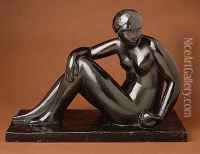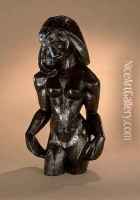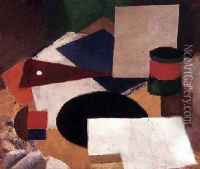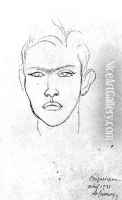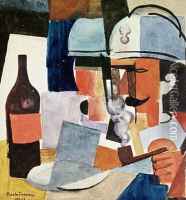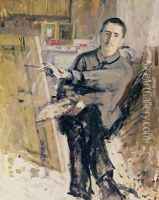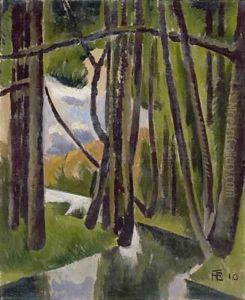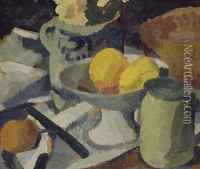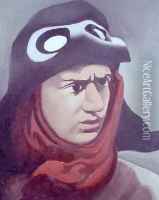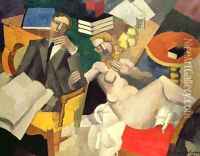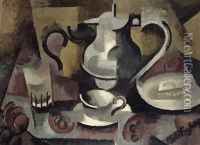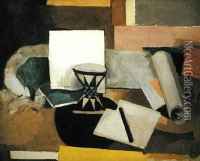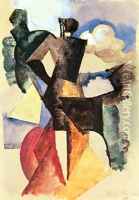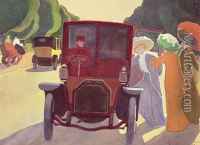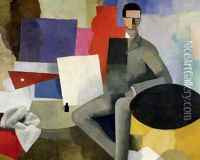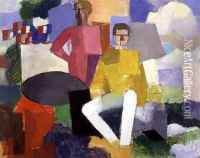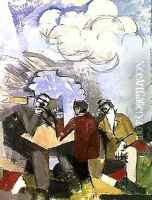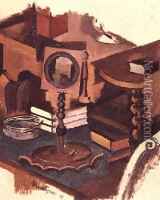Roger de La Fresnaye Paintings
Roger de La Fresnaye was a French Cubist painter born on July 11, 1885, in Le Mans, France. He came from an aristocratic family, which afforded him the opportunity to study at prestigious art schools. De La Fresnaye initially received his art education at the Académie Julian in Paris and later at the École des Beaux-Arts, where he was taught by Gabriel Ferrier. His early work reflects the influence of traditional academic training, but he soon became interested in the avant-garde movements of his time.
In the years before World War I, de La Fresnaye was particularly influenced by the Cubist movement. He joined the Section d'Or group in 1912, which included other notable artists such as Marcel Duchamp and Francis Picabia. This group sought to advance the ideas of Cubism beyond the works of its pioneers, Picasso and Braque. De La Fresnaye's work from this period is characterized by a more colorful and less abstract approach compared to the severe monochromatic canvases of early Cubism.
Despite his aristocratic background, de La Fresnaye served in the French army during World War I. His experiences in the war had a profound impact on him, both physically and mentally, and this is reflected in his post-war paintings. The war's brutality and the suffering it caused can be seen in his later works, which became more somber and introspective.
Unfortunately, de La Fresnaye's career was cut short by his declining health, worsened by the effects of gas poisoning during the war. He continued to paint despite his illness, but his output diminished over time. De La Fresnaye died on November 27, 1925, at the age of 40 in Grasse, France. His work remains an important testament to the Cubist movement and the transformation of European art in the early 20th century.
